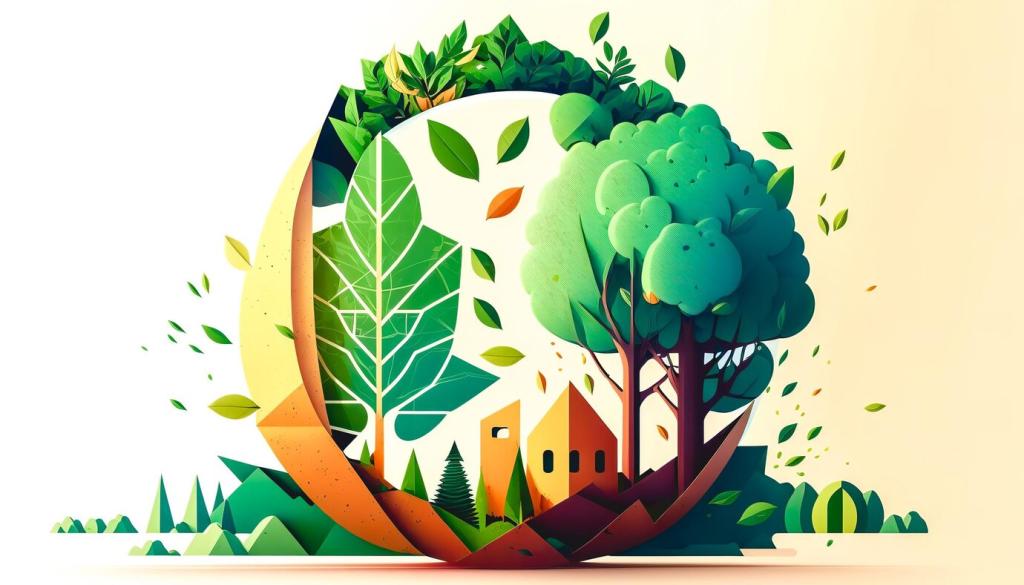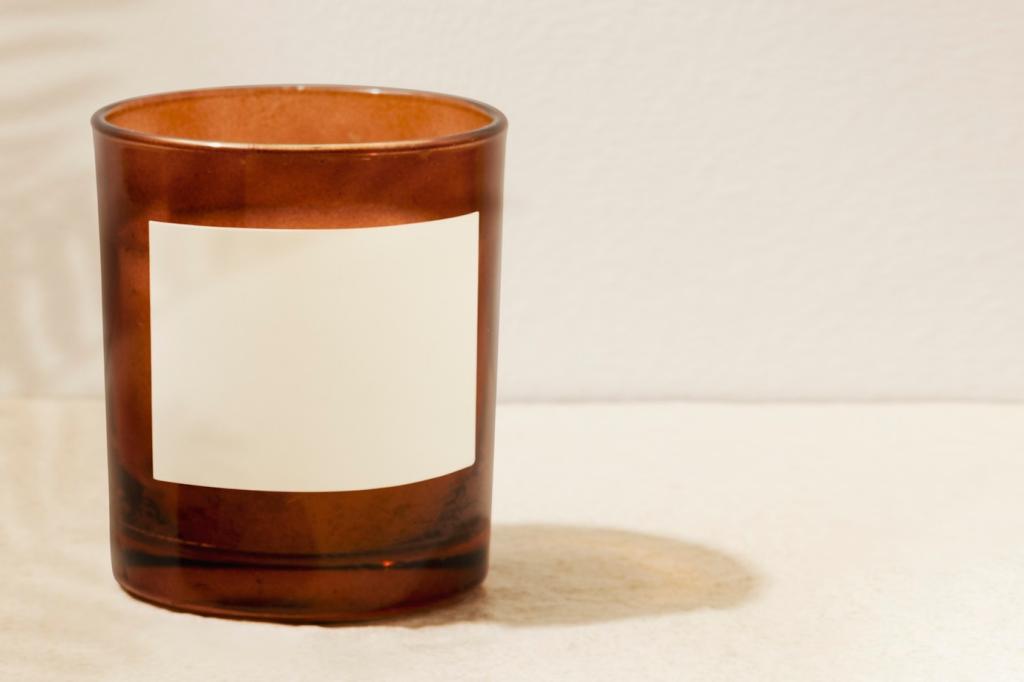Sustainable Materials in Interior Design
Sustainable materials have become an integral part of modern interior design, reflecting an ethical approach that seeks harmony between luxurious spaces and the well-being of our planet. By focusing on materials that are renewable, recyclable, and ethically sourced, designers are reshaping interiors to minimize environmental impact and promote healthier living. Incorporating sustainability into interior design is not just a trend—it is a philosophy that melds aesthetics, responsibility, and innovation for future-proof spaces.

Impact on the Environment
Sustainable materials reduce the depletion of natural resources, limit habitat destruction, and lower greenhouse gas emissions. Materials like reclaimed wood, recycled metals, and fast-growing bamboo consume less energy during production compared to traditional resources. Choosing these eco-conscious options helps combat deforestation and environmental degradation, setting a new standard in conscious design. Designers and homeowners alike play a crucial role in the stewardship of our planet by championing such environmentally responsible choices.
Influence on Indoor Health
Beyond ecological benefits, sustainable materials positively affect indoor air quality and occupant well-being. Many conventional materials release volatile organic compounds (VOCs) and other pollutants, contributing to poor air quality. By opting for natural, non-toxic materials such as organic cotton, low-VOC paints, and untreated timber, interiors become healthier, safer spaces. This mindful approach not only benefits users but also supports a broader movement toward healthier building practices.
Supporting Sustainable Industries
Choosing sustainable materials fortifies industries that prioritize ethical harvesting, fair labor, and environmentally conscious production processes. This support encourages innovation, inspiring manufacturers to create new materials and invest in greener technologies. As consumer demand for sustainability rises, so does the influence of green supply chains, paving the way for a market defined by responsibility, transparency, and social impact.
Natural Wood and Its Rebirth
Reclaimed wood tells a story of transformation, giving new life to beams, planks, and flooring sourced from old structures. Each piece carries history, unique grain, and character, reflecting sustainability in both origin and artistry. Its use minimizes the demand for new lumber, conserving forests and reducing landfill waste, all while adding unmatched depth and interest to interiors.

Previous
Next
Renewable Plant-Based Materials
Bamboo
Bamboo is celebrated as a “green steel” for its strength, speed of growth, and minimal environmental impact. In interiors, bamboo is used for flooring, paneling, furniture, and accessories, often substituting hardwoods thanks to its comparable resilience. Responsibly sourced bamboo is harvested with little harm to the surrounding ecosystem, exemplifying a circular model of resource use.
Cork
Harvested from the bark of cork oak trees without harm to the tree itself, cork is a model material for renewable interiors. Its spongy texture makes it ideal for flooring and wall applications, providing excellent acoustic and thermal insulation. Cork’s natural resistance to mold, pests, and fire enhances its durability, making it a long-lasting solution that replenishes gracefully over time.
Natural Fibers
Materials like jute, coconut coir, sisal, and hemp are gaining popularity for their biodegradability and minimal environmental impact. These fibers are spun and woven into rugs, textiles, and wall coverings that embody tactile warmth and natural variation. Grown with low water and chemical input, such plant-based choices carve a path for truly sustainable interiors rooted in nature.
Innovative Sustainable Materials

Bio-based plastics produced from renewable sources such as corn starch, sugarcane, or algae offer an alternative to petroleum-derived plastics. These materials can be engineered to mimic the properties of conventional plastics while significantly reducing fossil fuel usage and carbon emissions. Their role in interior products, from furniture to decorative objects, is expanding rapidly as formulations improve and awareness grows.

Volatile organic compounds (VOCs), commonly found in paints, contribute to indoor air pollution and pose health risks. Low-VOC or zero-VOC paints, made with safer ingredients, reduce air toxins and odors, supporting indoor wellness. Their wide color ranges and durability make them suitable for any design scheme, enabling responsible yet creative use of color in interiors.

Natural oils and waxes, such as linseed, tung, or beeswax, provide protective finishes for wood and stone that enhance durability without harmful off-gassing. These treatments penetrate surfaces, highlighting natural textures and tones while maintaining breathability. Their application preserves the life of sustainable materials, making them preferable for both historic restorations and contemporary green projects.

Advances in adhesive and sealant technology have led to water-based products that deliver strong bonds with little to no hazardous emissions. They are suitable for flooring, wall coverings, and cabinetry, replacing traditional options that rely on harsh solvents. These products reduce health and environmental risks while ensuring the longevity and stability of sustainable material installations.
Longevity and Lifecycle Considerations
Durability and Timelessness
Materials chosen for longevity reduce the frequency of replacement, saving resources and reducing waste over time. Durable options like reclaimed hardwood, robust natural stone, and high-performance engineered products retain their appearance and function through years of use. Marrying durability with timeless design further extends a space’s relevance, preventing the need for frequent renovations.
End-of-Life Recycling
An essential aspect of sustainable materials is their disposition after use. Designing with recyclability in mind means choosing items that can be efficiently disassembled and repurposed. Chain-of-custody certifications and take-back programs are gaining traction, ensuring materials re-enter productive cycles instead of ending as landfill waste, further closing the loop in sustainable design practice.
Adaptability and Reuse
Sustainable interiors are increasingly designed with adaptability, allowing components to be reused or reconfigured. Modular furniture, moveable walls, and flexible layouts enable spaces to evolve without wasteful demolition. This forward-thinking approach not only prolongs material utility but supports changing lifestyles and reduces the need for future resources.
